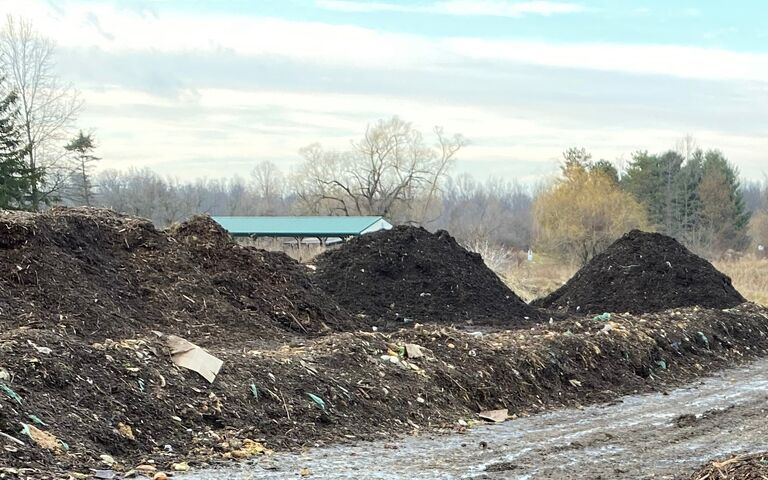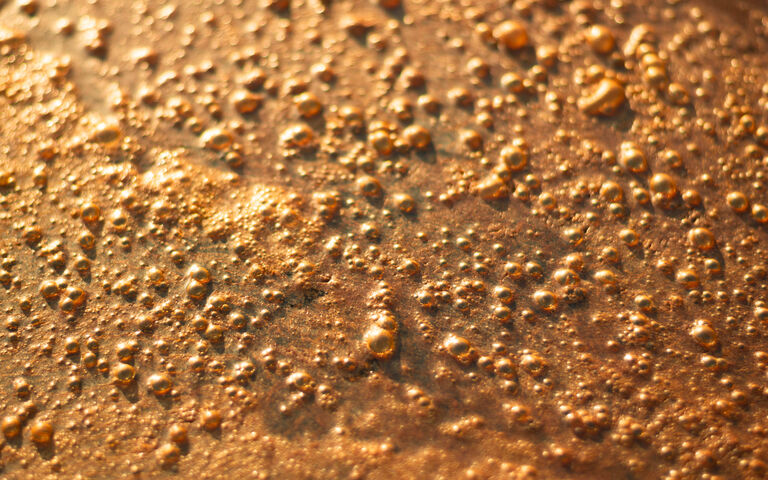
Sludge stabilisation
An overview of sludge stabilisation − alkaline stabilisation, lime and solids dosing, plus anaerobic and aerobic digestion
Your web browser is out of date.
Update your browser for better security, speed and to get the best experience on this website.
Composting is a type of aerobic digestion in which sewage sludge is combined with bulking agents such as wood chip, straw or green wastes prior to composting to provide a pasteurised product. The process is a largely static system which is aerated by natural diffusion and is therefore low in energy demand. However, composting is a lengthy process (~6 months) and so employs large land areas.

An overview of sludge stabilisation − alkaline stabilisation, lime and solids dosing, plus anaerobic and aerobic digestion

Stabilisation processes reduce the odour and putrescence of sludge, and level of pathogenic organisms

An overview of aerobic digestion and sludge composting

Aerobic digestion is the degradation of the organic sludge solids in the presence of oxygen

Composting is a type of aerobic digestion. The most established method for composting is through the use of windrows
Thickening, dewatering and drying extract water from sludge to reduce the sludge volume
Thermochemical methods are used to either significantly reduce the sludge solids content or pre-treat sludge upstream of AD
Sludge is the main waste stream from the treatment of wastewater